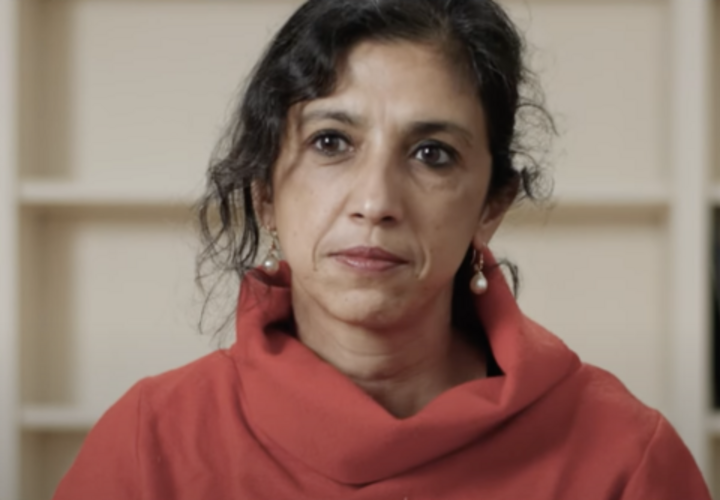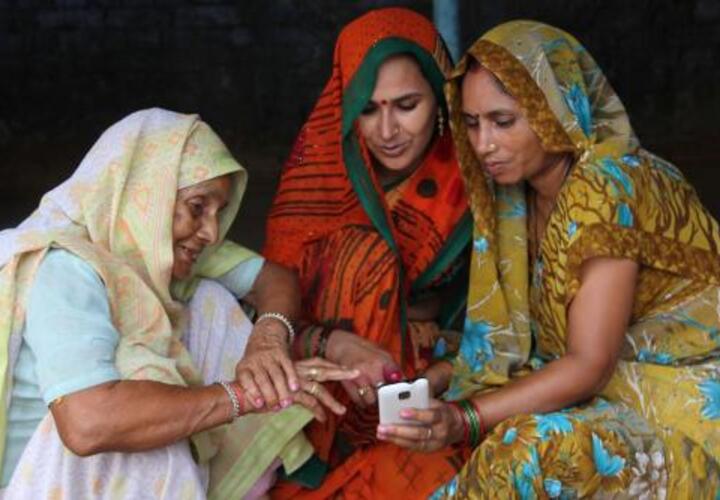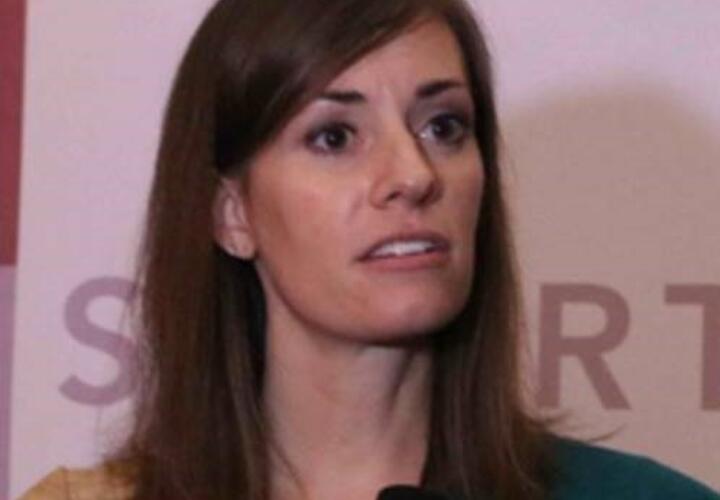Understanding Barriers to Women’s Mobile Use in Low-Income Settings
What policies can close India's digital gender gap, and what does this mean for women’s broader well-being? Research by the team at Inclusion Economics sheds light on the interplay of barriers that restrict women’s phone use and tests levers to address them as a part of a study in Chhattisgarh, a state in central India.
Research to bridge the digital gender divide
In contexts where women have been predominantly excluded from the use of digital technologies, complex and interlinked social, economic, and human capital barriers may interplay to further curtail adoption and use of devices. In 2018, the Government of Chhattisgarh distributed free smartphones to over 2 million women, along with 1 GB of free data for the first 6 months, through a program called Sanchaar Kranti Yojana (SKY). In a subset of villages where SKY had been implemented, our team of Inclusion Economics researchers asked “would layering on interventions to go beyond affordability improve women’s retention and use of these new phones?”
To examine ways to maximize the benefits of the SKY program, a team including researchers from Inclusion Economics at Yale University and Inclusion Economics India Centre – in collaboration with researchers from Duke University, Harvard University, the University of Southern California, and the University of Warwick – launched a multi-pronged initiative to understand and address barriers to women’s access and use of digital technology. Building on findings from a robust set of formative research, our team designed a randomized controlled trial testing a brief, interactive, group-based digital literacy training for women who had received smartphones and a complementary calling service called Mor Awaaz, which provided women with information about relevant government schemes. Results from this study indicate that the digital literacy training increased women’s use of smartphones by 5 percentage points, improved their mental health outcomes, and liberalized beliefs about women’s internet use. For information on the quasi-experimental evaluation of the SKY program, click here.
Highlights
Related Publications
A Tough Call: Understanding Barriers to and Impacts of Women’s Mobile Phone Adoption in India
Today in India, 71% of men own mobile phones, but only 38% of women do. In this report researchers identify the leading barriers to Indian women’s use of mobile phones, compare the importance of these barriers, and determine directions for further research into how to reduce them.
Accelerating Indian Women’s Use of Mobile Phones through Low-Cost Training in Digital Skills Improves Their Mental Health
In India, a wide gender disparity in access to mobile phones and the internet reinforces women’s social isolation and may contribute to women’s higher levels of depression than men. To more effectively address the mobile gender gap in India, our researchers are designing and implementing interventions that build on existing Indian government mobile phone distribution programs while taking into account the gender-specific social constraints and knowledge gaps that may restrict women’s use of mobile technology.
What Works to Close Digital Gender Gaps?
In emerging economies like India, the rapid spread of mobile phones has connected low-income households to vital information, markets, and services. In 2016, India became the second-largest smartphone market in the world (GSMA, 2016) and in 2017, the year before the two policy levers we evaluated were implemented, 45 percent of Indian citizens already had smartphone access (GSMA, 2018b). However, this smartphone expansion remains gendered.
Mor Awaaz Fact Sheets
Mor Awaaz is a phone-based service for women, developed by a team of researchers from Yale University, Harvard University, University of Warwick, University of Southern California and Duke University, as well as EPoD India at LEAD. Its mission is to empower women as changemakers in their homes and communities by creating a dynamic information-sharing loop between women and the state government. In these two fact sheets, researchers identify women's levels of awareness of Covid-19 and anemia.
About the Project
Principal Investigators:
Research Partners:
- Inclusion Economics India Centre at the Institute for Financial Management and Research (IFMR)
- Evidence for Policy Design (EPoD) at Harvard Kennedy School
This research has received support from:
- The Abdul Latif Jameel Poverty Action Lab (J-PAL) Cash Transfers for Child Health Initiative
- Gates Foundation
- Initiative for What Works to Advance Women and Girls in the Economy (IWWAGE)
- National Science Foundation (NSF)
- United States Agency for International Development (USAID)
- The University of Chicago - The Weiss Fund









